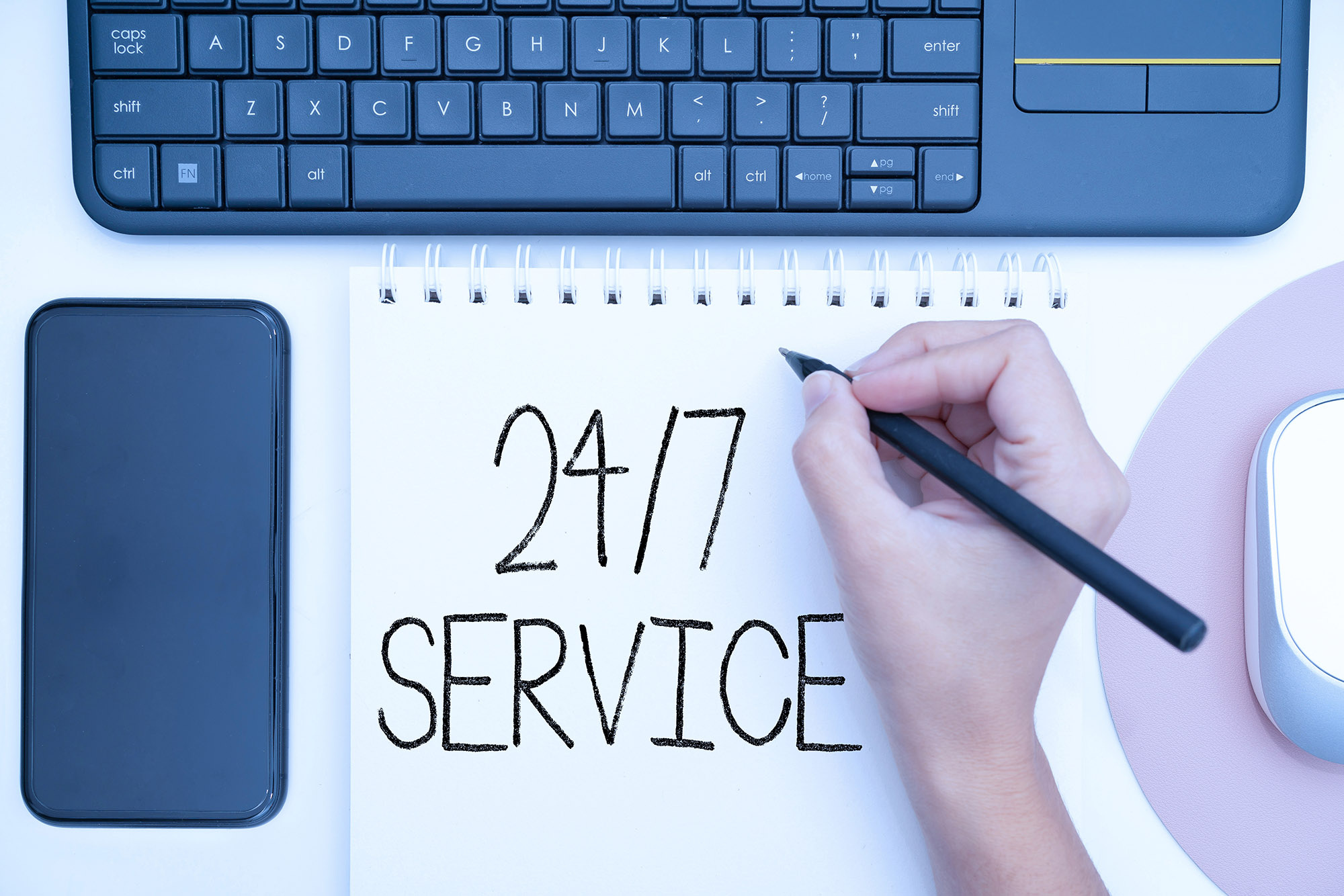
1. Optimize Images for the Web
Large, high-resolution images can dramatically slow down your mobile site. Use tools like TinyPNG or ImageOptim to compress images without compromising quality. Remember, for mobile screens, you often don’t need ultra-high resolution.
2. Minify CSS, JavaScript, and HTML
By removing unnecessary characters (like spaces and comments) from your code, you can reduce file size and enhance loading speed. Tools like UglifyJS for JavaScript and CSSNano for CSS can help with this.
3. Use Browser Caching
Storing parts of your website in a user’s browser can drastically improve load times on subsequent visits. This can be achieved through browser caching. Most web hosting platforms provide easy ways to set this up.
4. Reduce Server Response Time
Aim for a server response time of less than 200 milliseconds. You can achieve this by optimizing your server, using a Content Delivery Network (CDN), or switching to faster hosting.
5. Prioritize Above-The-Fold Content
Load the content visible to users first before loading other elements. This perceived speed can make a big difference in user experience, even if the rest of the page takes a few more moments to load.
6. Avoid or Limit the Use of Redirects
Each redirect can introduce additional delays. By eliminating them or keeping them to a bare minimum, you can speed up page load times.
7. Optimize for Accelerated Mobile Pages (AMP)
AMP is an open-source framework by Google that allows web pages to load almost instantly. While it has certain restrictions, for many content-heavy sites, it’s a boon in terms of speed.
8. Evaluate and Optimize Plugins
If you’re using a content management system like WordPress, plugins can sometimes be culprits in slowing down your website. Regularly audit and remove unnecessary plugins, and ensure the ones you retain are updated and optimized for speed.
9. Implement Lazy Loading
This technique loads only the images and other resources in view and delays the loading of other assets until they’re needed (like when a user scrolls). This can drastically improve initial load times.
10. Monitor with Tools
Regularly test your website speed using tools like Google PageSpeed Insights, GTmetrix, or Pingdom. They not only give you speed metrics but also offer actionable insights on areas to improve.
To wrap up, remember that speed is indeed king in the mobile world. With shrinking attention spans and increasing expectations, your mobile site’s load time can be a decisive factor in its success. By employing the above strategies, you’ll ensure that users have a smooth and swift experience, enhancing user satisfaction and, ultimately, your site’s conversion rates.








